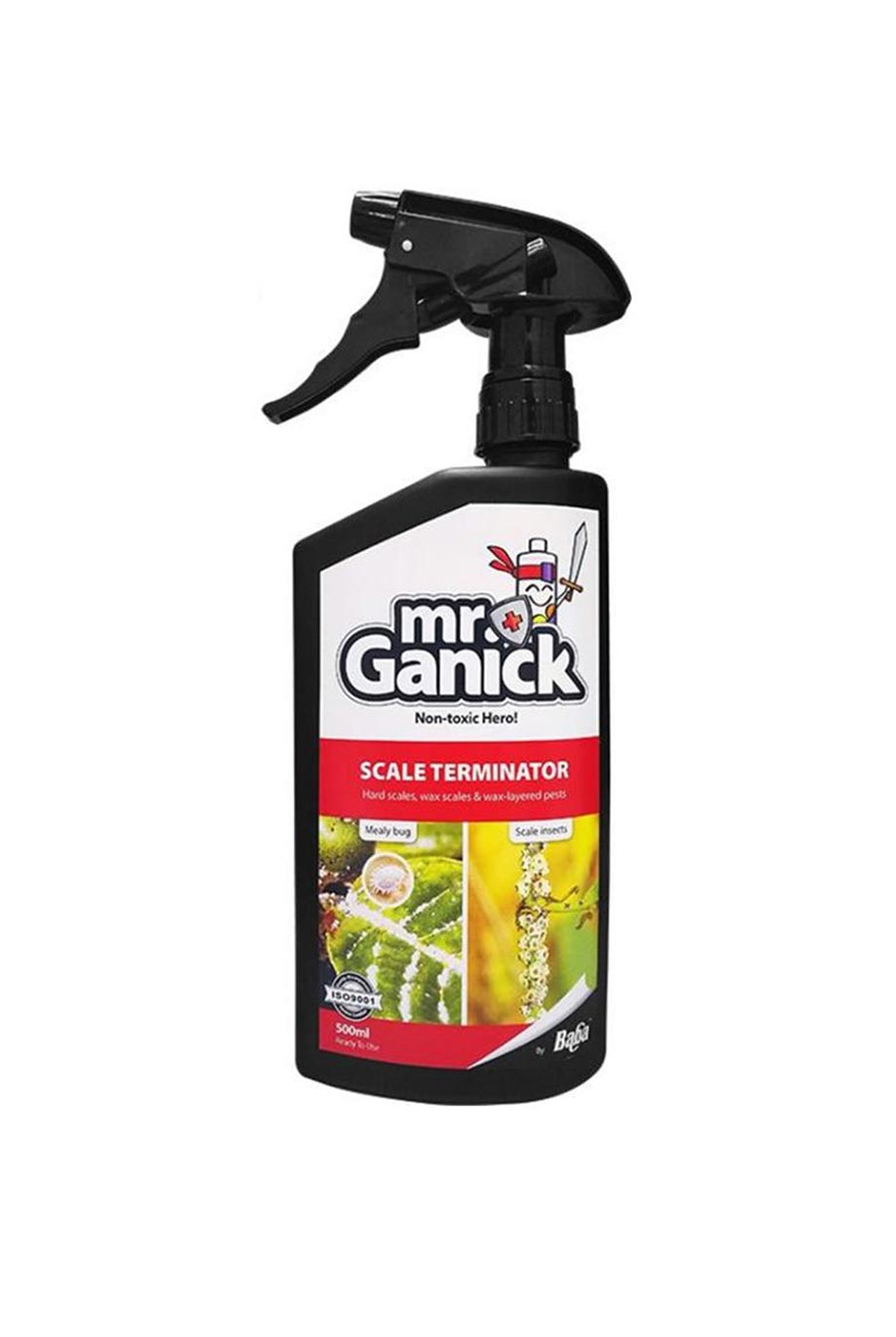.jpg)
A close-up image of mealy bug. At a distance, they are often mistaken for dust or little pieces of dryer lint.
Mealybugs are one of the most common houseplant pests. Resembling small pieces of cotton or lint at a distance, mealybugs are soft bodied insects that feed on the juices of many tropical plant varieties. They can rapidly reproduce and cause an infestation, but if caught in the early phases of their reproductive cycle can be removed without any significant damage to the plant.
.jpg)
A pothos in the early stages of mealy bug infection. Note the curled, yellow leaves, which are indicative of mealy bug.
STEP ONE
The first step to treating mealybug is identifying it. Mealybug appears to the naked eye as a white, cotton-like substance on the plant’s leaves and stems, and in reality, they’re small, wingless insects measuring between 1/10th and 1/4th of an inch long. They’re not particularly mobile once they begin feeding, so can often be mistaken for dust, mold, or some trapped fluff. It is most often found on the soft tissue of the plant, particularly new growth areas. Helpful hint: agrowers magnifying loop can help distinguish between pest and non-pest.
.jpg)
Mealy have a tendency to congregate in the nodes of the plants, and at the base of the stems.
While relatively harmless in small numbers, they can breed quickly and cause a plant to weaken and yellow, so act swiftly if you suspect your plant may have contracted these pests.
STEP TWO
Mealybug is one of the easiest houseplant pests to rid yourself of, provided the problem is attended to with a certain vigalence Small, isolated infestations can be treated with rubbing alcohol applied to the affected area with a Q-Tip. Physically removing the pests daily can often rid the infestation if it is a small one. For larger invasions, begin by physically removing all visible pests with the Q-tip/alcohol method, or by hosing the plant down under the sink or shower faucet, dislodging the bugs and taking care not to overwater the soil with the runoff.
STEP THREE
Next, mix neem oil with water, and apply this to the plant. You can either apply the oil and water mixture via a cloth or a spray bottle, but thoroughly wipe down the leaves and stems, paying special attention to the most affected areas. Neem oil is a natural pesticide and leaf shine that’s been used for hundreds of years on crops and houseplants alike. Best of all, it’s non-toxic to birds, animals, and many beneficial insects. Repeat application in 7 days intervals until the mealybug is no longer present.
STEP FOUR
For serious infestations that are undeterred by neem oil, insecticidal soap is a stronger option for treatment. When the insects are present, apply thoroughly to all of the plant’s surfaces and repeat every 10 days until you no longer see any of the bugs. For a specific guide, follow the instructions on your bottle. Please note insecticide (neem included) should be applied in the evening, or when the plant is removed from the direct sun, as sunlight combined with the insecticide can burn a plant.
Separate the affected plant from the rest of your collection while it recovers, taking special care to ensure that none of the plant’s leaves are touching another plant’s. For future prevention, regularly wiping down the leaves with a damp microfiber cloth can help deter mealybug from returning.

Plantshop.me recommended concentrated pesticide. Click here to buy.







